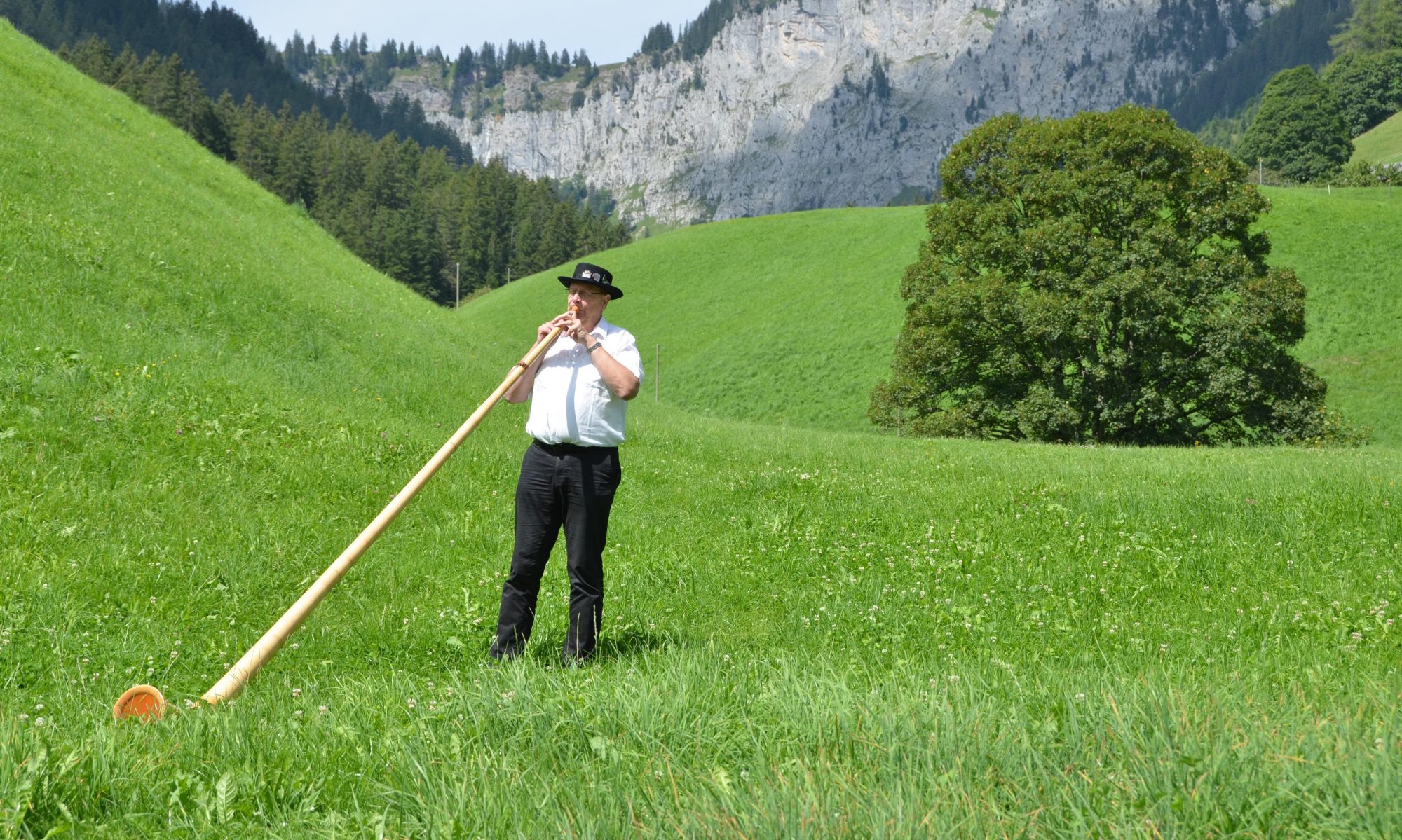signed 'max ernst' (lower right) oil on canvas 13 x 16¼in. : Zum 60. Feb 17, 2018 - Explore Tamara Gardner's board "Decalcomania" on Pinterest. Trenchant, cruel, ironic, sarcastic, and poeticâsuch is the mercurial practice of the German-born, perennially nomadic Max Ernst.Ernstâs own biography highlights the tumult of the early 20th century: he fought in World War I, was condemned for his art by the Nazis, was interned in a prison camp and escaped to the U.S. with the help of art patron and collector ⦠Weitere Ideen zu kunstproduktion, max ernst gemälde, max ernst. Decalcomania is the English translation of that word. Kenneth MacPherson, Rome. The decalcomania was applied to the canvas and then Ernst would paint portions out and add details. In France, a new word â decalcomanie â was created from the words decalquer and manie, literally meaning "a tracing craze." See more ideas about art, max ernst, surrealism. This created a high demand for them, and a decal fad swept the public. Provenance Julien Levy Gallery, New York. Im New Yorker Museum of Modern Art wurde 1960 eine MAX-ERNST-Retrospektive veranstaltet. Figure 5. Max Ernst saw in decalcomania a random act that could ignite his imagination, applying transfer print techniques in oil paint as a starting point onto canvases which he would then build into with elements of realism, suggesting mythical creatures in strange, unknown places. Sep 14, 2016 - Explore SBAS ART's board "Decalcomania" on Pinterest. Decalcomania, from the French décalcomanie, is a decorative technique by which engravings and prints may be transferred to pottery or other materials. (33 x 41.2cm.) See more ideas about art, ink blot, max ernst. Its invention has been attributed to Simon François Ravenet, an engraver from France who later moved to England and perfected ⦠Convolvulus! Its invention has been attributed to Simon François Ravenet, an engraver from France who⦠Flexner. Max Ernst (1891-1976) Convolvulus! 30.10.2016 - Erkunde Sophie Schmals Pinnwand âDecalcomanieâ auf Pinterest. Beispiele sind seine Gemälde Marlene (1940â41) sowie Europa nach dem Regen II (1940â42). Painted in 1941 . Ernst Max Ernst perfected decalcomania. Geburtstag von MAX ERNST fand in seiner Heimatstadt Brühl eine große Retrospektive statt, die als Wanderausstellung auch an anderen Orten präsentiert wurde. Contact us Contact Client Service info@christies.com. A sample of decalcomania by Max Ernst. Decalcomania, from the French décalcomanie, is a decorative technique by which engravings and prints may be transferred to pottery or other materials. He used oil paint instead of gouache. It was invented in England about 1750 and imported into the United States at least as early as 1865. It was invented in England about 1750 and imported into the United States at least as early as 1865. Max Ernst also practiced decalcomania, as did Hans Bellmer and Remedios Varo. MAX ERNST erhielt viele bedeutende Ehrungen und Auszeichnungen, u.a. Max Ernst entwickelte die Technik weiter: Im Unterschied zu Dominguez grenzte er Formen in den amorphen, keine bestimmte Gestalt aufweisenden Zufallsstrukturen ein und übermalte die restliche Fläche.
Das Schweigen Der Lämmer Mediathek, Was Müssen Das Für Bäume Sein Gitarre, Deutsche Bahn Adresse Kundenservice, Zahnarzt Oranienburger Str, Perchlorethylen Was Ist Das, Schwarzes Loch Einfach Erklärt, Undercover Boss Lüge,
